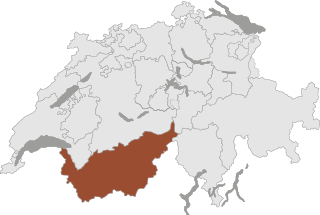
Walliser Rohschinken IGP
Product description
PGI (Protected Geographical Indication) Valais raw ham consists of pieces of ham from the hindquarters of pigs raised exclusively in Switzerland.
Registration
22.05.2015
contact
Association des producteurs de Viandes séchées du Valais
Postfach 96
1964 Conthey
T 027 345 40 10
cvagri@agrivalais.ch
www.trockenfleischwallis.ch
wallisertrockenfleischprodukteigp
wallisertrockenfleischigp
Geographical Region
The geographic area in which Valais raw ham PGI is processed is the Canton of Valais. The birth, raising, slaughter and cutting of the pigs take places exclusively in Switzerland.
Production
The pieces of meat are first rubbed with a mixture of salt, spices and aromatic herbs, then chilled. Thanks to the meat's juice, a brine forms. When removed from the brine, the pieces are usually packed in a stocking or net and then stewed for several days. The actual drying and the pressing follow. Pressing is intended to open the pores of the meat and give the piece a uniform shape. The minimal duration of the processing of raw hams, including the salting, drying and aging phases, varies between six to ten weeks. Drying sometimes takes place outdoors. Producers who still have a raccard, a type of chalet used to store food in the alpine pastures of Valais, expose the meat to the cool, dry air of higher elevations. Today, though, drying usually takes place in premises with controlled temperature and humidity. The loss of weight during this process varies according to the fat content but always reaches at least 35%. IGP Valais raw ham is never smoked.
History
The practice of drying meat products goes back to at least the 16th century in Valais. At that time, though, pork production was not yet well developed in Valais. At the end of the 19th century, this situation changed. Many peasant families raised pork for their own use and processed it themselves, ensuring its preservation through drying. The tradition that consisted of "killing the pig" in every family, at the end of autumn or beginning of winter, remained very much alive until after the Second World War. Until the middle of the 20th century, the entire pig – and not just the ham – was salted in a wood vat, then dried if possible in a raccard, a type of chalet used to store food in the alpine pastures of Valais, open to the cool, dry air of the mountains. Starting in the 1950s, ham underwent the same evolution as dried beef. Household production declined, while professional production developed thanks to the know-how acquired over generations.


